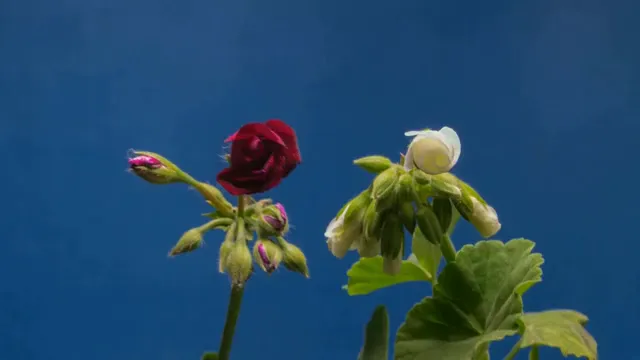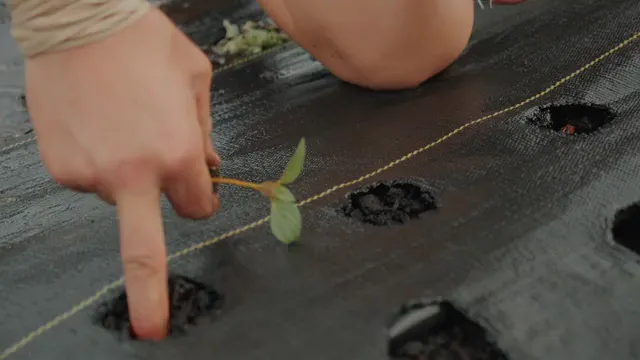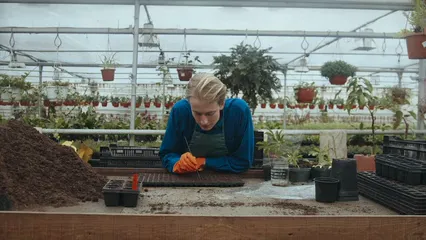

The Ultimate Guide to Corn Flowers: Growing, Caring, and Enjoying Bachelor Buttons
Introduction
Corn flowers, often called bachelor’s buttons, are a garden favorite. Their vibrant blue blooms add stunning color to any space. These flowers also attract pollinators, making them essential for a healthy garden ecosystem. This article aims to provide you with all the details on growing and caring for corn flowers effectively.
Summary and Overview
Corn flowers belong to the Asteraceae family, known for their striking colors and hardy nature. These annuals can reach heights of 12 to 36 inches and bloom in shades of blue, pink, and white. Gardeners love them for their easy maintenance and long-lasting blooms. They are perfect for borders, wildflower gardens, and even floral arrangements. Beyond beauty, corn flowers benefit your garden by attracting bees and butterflies. Additionally, they improve soil health and biodiversity, making them a smart choice for any gardener. Whether you’re a novice or experienced, growing corn flowers can enhance your garden’s appeal and ecological balance. Learn more about enhancing biodiversity in your garden.
By incorporating cornflowers into your garden, you can promote a healthier ecosystem. Explore ways to enhance biodiversity in your garden.
Cornflower Overview
What Are Corn Flowers?
Corn flowers, or bachelor’s buttons, belong to the Asteraceae family. These annual plants are known for their vibrant blue blooms, though they can also be found in pink and white. They typically grow between 12 to 36 inches tall and have slender, lance-shaped leaves. Corn flowers thrive in sunny locations, and their bushy growth habit makes them excellent for borders and wildflower gardens.
Historical Significance
Corn flowers have a rich history, valued for their beauty and symbolism. In ancient cultures, they were often associated with love and remembrance. These flowers appeared in various art forms and were used in wedding bouquets to signify fidelity. Today, they still hold significance in floral arrangements, representing hope and cherished memories. Their enduring presence in gardens speaks to their cultural importance throughout history.

Cornflower Plant Care
Light Requirements
Cornflowers thrive in full sun, needing at least six hours of direct sunlight daily. This exposure encourages vibrant blooms and strong growth. Insufficient light can lead to leggy plants with fewer flowers. Without enough sun, cornflowers may struggle to establish, resulting in weak stems and poor overall health. So, ensure you plant them in a bright spot for the best results.
Soil Preferences
These flowers prefer well-drained, nutrient-rich soil to flourish. A good mix allows roots to breathe while absorbing essential nutrients. Poor soil quality can stunt growth and lead to disease. If the soil retains too much moisture, it can cause root rot. To keep your cornflowers healthy, consider amending the soil with organic matter for optimal results. You may want to check out this Organic Compost to enrich your soil.

Watering Needs
Watering cornflowers should be moderate and regular. Aim for once a week, allowing the soil to dry out between sessions. These plants are drought-tolerant, making them perfect for low-maintenance gardens. Ensure proper drainage to prevent waterlogging, which can harm roots. If you notice wilting, it might be time to check the moisture levels in your soil. A handy Handheld Watering Spray Bottle can help you keep things moist without overdoing it!
Temperature and Humidity
Cornflowers thrive in temperatures ranging from 60°F to 75°F. This range promotes healthy growth and abundant blooms. They tolerate various humidity levels, making them versatile for different climates. However, extremely high humidity can lead to fungal issues. Aim to plant them in areas with good air circulation to keep your cornflowers thriving.
Fertilization Techniques
For healthy corn flowers, use a balanced fertilizer, like 10-10-10. Apply it in early spring when new growth appears. This timing helps support strong blooms and overall plant health. However, be cautious with the amount. Over-fertilizing can make plants more susceptible to pests and diseases. It can also lead to lush foliage at the expense of flowers. So, stick to recommended amounts for a vibrant display! For a great option, consider this Organic Fertilizer (10-10-10).

Pruning and Maintenance
Pruning corn flowers should happen after the first blooms fade. Cut back spent flowers to encourage new growth and more blooms. This practice, known as deadheading, helps maintain vigor and keeps plants looking tidy. Regular deadheading also prevents seed formation, allowing energy to focus on blooming. By keeping your corn flowers pruned, you’ll enjoy a more vibrant garden throughout the season. Pair your gardening efforts with a solid set of Gardening Pruning Shears to make the task easier!
Types of Cornflower
Common Varieties
Cornflowers come in several delightful varieties. One popular choice is Blue Boy, known for its brilliant blue flowers. This variety is a favorite among florists. Another option is the Tall Double Mixed, which features a range of colors, attracting various pollinators. For those seeking something unique, the Blackball variety boasts deep maroon blooms, creating stunning contrasts in the garden. If you’re interested in starting your cornflower journey, you can find Cornflower Seeds (Blue Boy) here!
If you prefer compact plants, the Dwarf Blue Midget is perfect. Its smaller size makes it ideal for bedding. Lastly, consider the Burgundy Beauties Mix, which offers a mix of deep reds and purples. Each of these varieties adds a distinct character to gardens, enhancing beauty and biodiversity. You can grab Cornflower Seeds (Dwarf Blue Midget) for your garden!

Planting Cornflowers
Seed Selection and Preparation
Choosing the right seeds is crucial for success. Look for reliable sources that offer high-quality cornflower seeds. Popular varieties include Blue Boy and Tall Double Mixed. Make sure to check the seed packet for germination instructions. You can also get Cornflower Seeds (Tall Double Mixed) for a vibrant mix!
When selecting a planting site, pick a spot with full sun and well-drained soil. Cornflowers thrive in nutrient-rich environments. Clear away weeds and debris to give your seeds the best start. This preparation will set the foundation for vibrant blooms.

Sowing Techniques
Sowing cornflower seeds is straightforward. Start by preparing the soil, loosening it to a depth of about 12 inches. Create shallow furrows, around half an inch deep, and space seeds about 12 inches apart. This spacing prevents overcrowding and allows for healthy growth.
After sowing, gently cover seeds with soil and pat it down lightly. Water the area carefully, ensuring the soil is moist but not soaked. Consistent moisture helps with germination, so keep an eye on the weather. A Soil Testing Kit can help you ensure your soil is just right for planting!

Care After Planting
After planting, ongoing care is essential for healthy seedlings. Water them regularly, allowing the soil to dry slightly between watering. Young cornflowers are vulnerable to pests, so watch for aphids or mealybugs. You might want to consider using a Pest Control Spray for Plants to keep your flowers safe!
Make sure they receive plenty of sunlight; aim for at least six hours a day. Thin out any overcrowded seedlings to improve air circulation. This helps prevent diseases and promotes robust growth as they mature.

Please let us know what you think about our content by leaving a comment down below!
Thank you for reading till here 🙂
All images from Pexels



